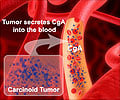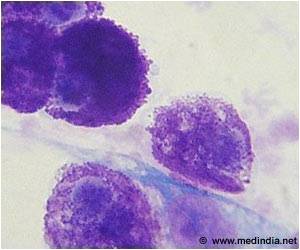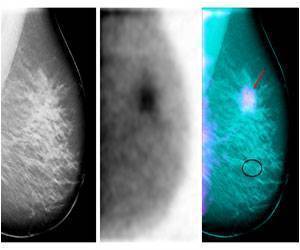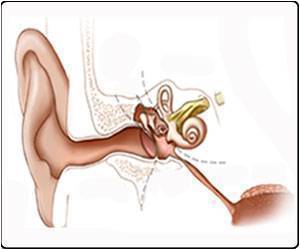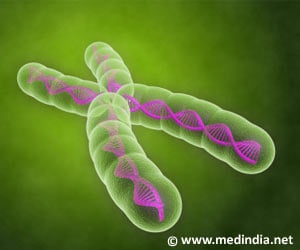It turns out that the same types of drugs that help reduce runny noses and watery eyes during allergy season might also help ward off tumors.

"This research is very exciting as it draws a connection between two diseases that aren't commonly linked: allergy and cancer," said Daniel H. Conrad, Ph.D., a researcher involved in the work from the Department of Microbiology and Immunology at Virginia Commonwealth University in Richmond, Virginia. "It's important to realize, however, that this connection is very novel and more research is needed before we know if antihistamines can be used effectively in cancer therapies."
To make this discovery, Conrad and colleagues examined two groups of mice that involve myeloid derived suppressor cells. The first group of mice was infected with a rodent intestinal helminth to simulate a strong allergic response. Then they were injected with myeloid derived suppressor cells and treated with anti-histamines, cetirizine or cimetidine. Treatment with these anti-histamines reversed the effects of myeloid derived suppressor cells.
The second group of mice had tumors and were injected with myeloid derived suppressor cells and treated with the antihistamine, cimetidine. In this group, the antihistamine also reversed the enhanced tumor growth normally seen with myeloid derived suppressor cell injection. Finally, the scientists examined blood from patients with allergy symptoms (typically associated with increased histamine release). The scientists found that these patients had increased circulating myeloid derived suppressor cells over non-allergic controls.
"Antihistamines may be one of the most commonly used over-the-counter drugs, but this report shows that we still have much to learn about their potential benefits," said John Wherry, Ph.D., Deputy Editor of the Journal of Leukocyte Biology. "It is certainly not yet time to prophylactically administer antihistamines for cancer prevention, but the more we learn about myeloid derived suppressor cells, the more interesting these cells and their products become as immunotherapy targets in cancer. These new results suggest that we must be open-minded about seemingly distantly related immune mechanisms to examine."
Source-Eurekalert

